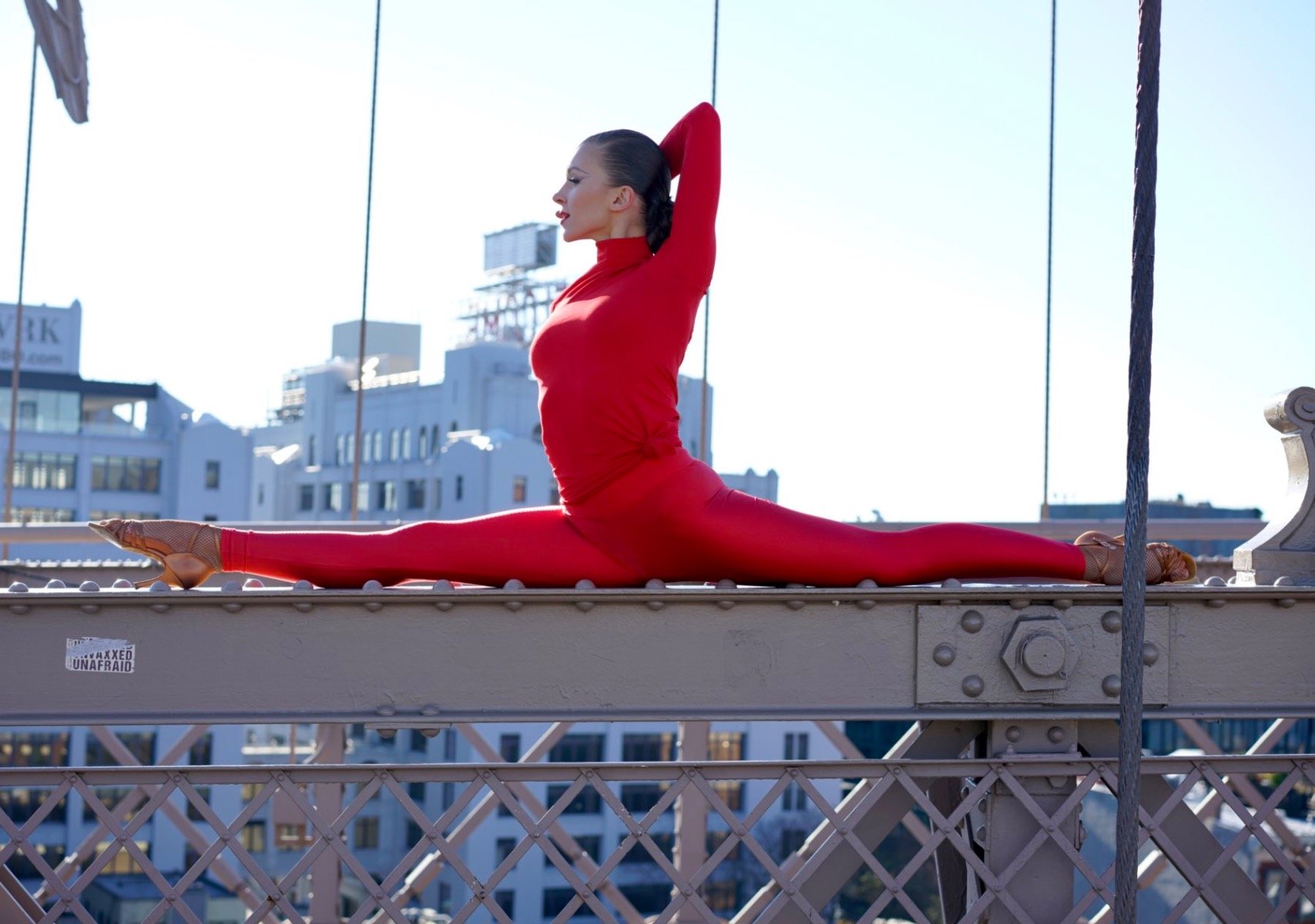All dance shoes have been created with their specific style in mind. Jazz shoes are no different and are even extra versatile as dancers can wear them for various dance styles, including musical theatre.
However, despite jazz shoes coming in various forms, the most popular is the leather dance shoe. Coupled with the rubber or suede sole, the jazz shoe is an iconic piece of footwear that can provide support and flexibility.
What Are Jazz Shoes Made Of?
All dance shoes have been created with their specific style in mind. Jazz shoes are no different and are even extra versatile as dancers can wear them for various dance styles, including musical theatre.
However, despite jazz shoes coming in various forms, the most popular is the leather dance shoe. Coupled with the rubber or suede sole, the jazz shoe is an iconic piece of footwear that can provide support and flexibility.
What Type of Shoes Are Jazz Shoes?
Jazz shoes come in various forms; while most prefer the full or split-sole shoe, others like the jazz boot or trainer. Most jazz shoes have a slightly thick rubber heel and either lace up or slip onto the foot.
Typically, jazz shoes are black but also come in nude. Dancers also use jazz shoes for other types of dance, such as musical theatre and hip-hop styles. In short, they're stylistically flexible and add variety to your dance routine.
What Materials Are Jazz Shoes Made From?
The most common material for jazz shoes is leather, often paired with a rubber sole. It’s not uncommon to utilise suede soles, as they allow spins to be smoother than those produced by rubber soles - all by reducing the friction with the floor.
Your jazz shoes must fit snugly, which is why the leather material is light and gives the foot plenty of room to breathe - without being too loose. For more environmentally conscious dancers, the leather alternative is a synthetic yet breathable shoe material that keeps feet cool.
Most jazz shoes have a soft upper leather fabric. Leather shoes remain a favourite with dancers compared to other types of dance shoes due to their having a little more stretch, making them more comfortable and malleable to dancers’ feet.
What are the Different Types of Jazz Shoes?
With doctors prescribing dance to help young people with their mental health, dance is proving itself to be a valuable asset. However, it’s crucial to know the difference between the two main types when picking your own footwear.
Full Sole Jazz Shoes
As the name suggests, a full-sole shoe has continuous rubber on the underside, supporting the base of the foot. The constant rubber sole also aids you in building strength in the muscles of your feet.
However, this means that the shoe style is more structured than the split sole, meaning there’s less flexibility in the shoe - slightly decreasing the foot movement. This stylistic approach also means that the shoe produces a heavier, sturdier aesthetic than the split-sole shoe.
The decreased flexibility isn’t necessarily a negative addition, though. With greater resistance under the foot arch, you'll find more even support. It remains a favourite among dancers for a reason.
Split Sole Jazz Shoes
Unlike full-sole footwear, the split sole only has a rubber base underneath the ball and heel. With the gap between the ball of the foot and the heel, this shoe style allows you to accentuate the arch of your foot, which is a favourable aesthetic in the jazz dance style.
With the shoe being more flexible, you've more choices for the shaping of your feet. The flexibility also allows for accentuated pointing and elongating the line of the foot.
However, the increased flexibility and ease of movement provided by the split-sole shoe comes at a cost. Largely thanks to the gap, this shoe style provides less support for the dancer’s overall foot. What's your personal preference? When considering which shoe type to invest in, you must know which you prefer: flexibility or support.
Frequently Asked Questions
What Is the Difference Between Split Sole and Full Sole Jazz Shoes?
There is one main design difference between the two, which creates two differences in effect. Where the full sole is a continuous rubber sole under the shoe, the split sole only has the rubber under the ball of the foot and heel. The divided sole gives more flexibility, while the full sole grants better support.
Need Dance Supplies? Shop Supadance!
The statistics show dance isn’t showing any signs of stopping, from the audiences watching dance competitions at home to those competing themselves - and beginners searching for a healthy, new challenge.
Whether you’re embarking on your dancing journey for the first time or if you’ve been dancing long before you could walk, discover Supadance’s fantastic range of dance supplies today and get dancing!

